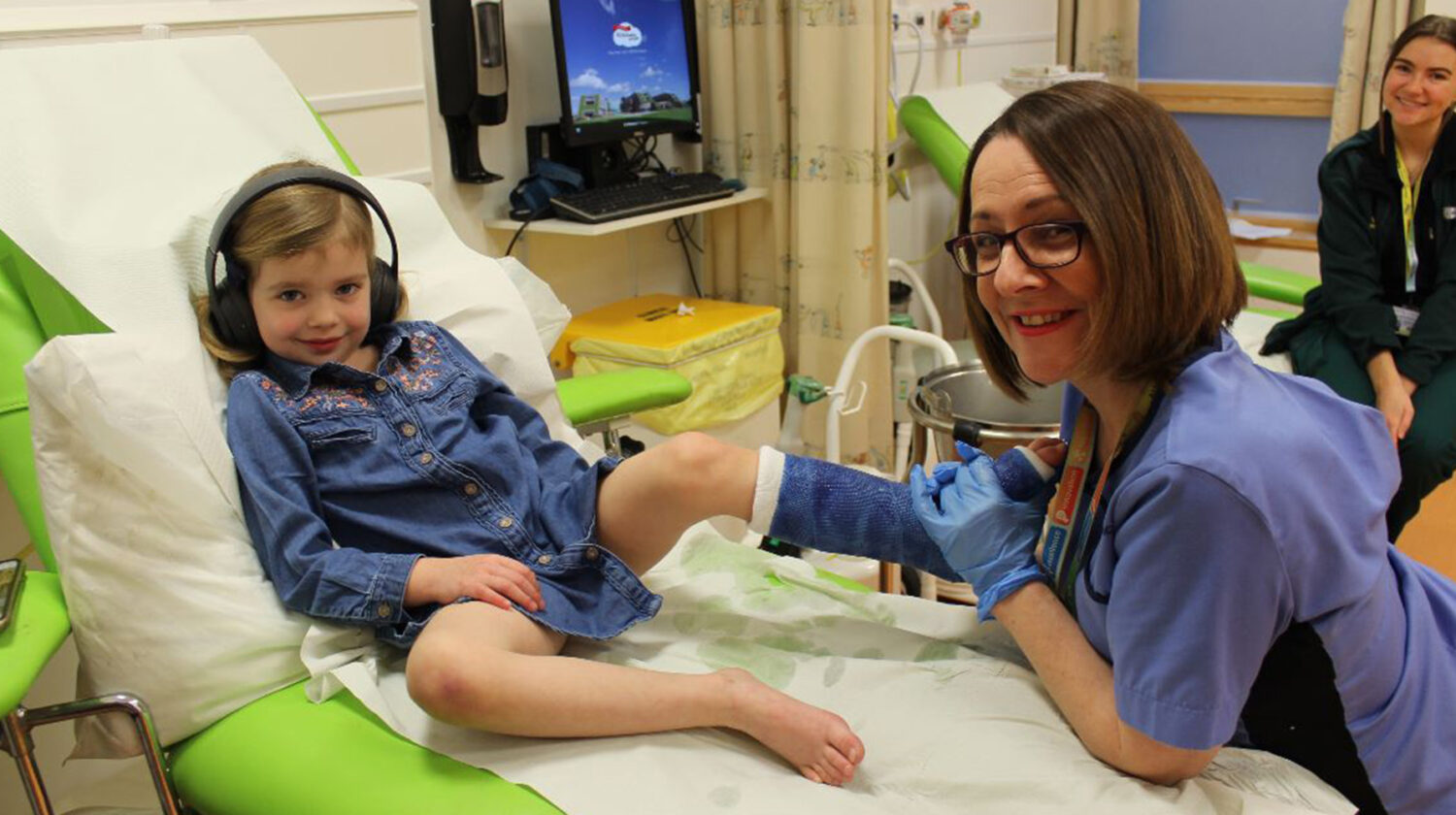The challenge
Alder Hey Children’s NHS Foundation Trust is one of Europe’s biggest and busiest children’s hospitals. Treating everything from common illnesses to highly complex and specialist conditions they care for over 330,000 children, young people and their families every year.
Alder Hey wanted to showcase their services and expertise in a more concise and engaging way. Additionally, with over 70% of all users accessing the website via a smartphone, they wanted to modernise their website to work better on mobile devices and ensure it met accessibility regulations.
The primary goal of the project was to provide a better user experience. But, as a children’s hospital is different to most hospitals – their job is more than just treating an illness. We set out to create a design vision unique to Alder Hey that, at the same time, would provide an exceptional user experience. Alder Hey’s ambition was to have a world-leading, user-centred, child friendly design that embedded web accessibility at the heart of everything they did.
Expertise used:
We collaborated closely with internal departments using a range of user-centred design techniques.
-
User research
User research helped us take the guesswork out of creating a great user experience.
-
UX design
We identified opportunities for improvement and validated designs with users.
-
Frontend development
We focused on providing accessible, responsive frontend code that adheres to WCAG standards.
-
Web accessibility
We provided an accessibility audit, training and consultancy to meet accessibility regulations.
-
WordPress CMS
The new website is built on WordPress with a set of flexible components and templates.
-
Managed hosting
We provide hosting, maintenance and support on our secure managed WordPress platform.
Our approach:
Before we could address any issues we needed to fully understand the key audiences and their needs when visiting the website. Right from kick-off meeting, we emphasised the importance of involving a wide range of users as possible, to accurately define their journeys and pain points. We worked closely with the communications team to outline the research objectives and establish essential criteria for participant recruitment before facilitating a number of small group workshops with young people and parents.
We then developed a collection of scenario-driven user personas, which played a crucial role in providing stakeholders with a more precise comprehension of their website users, including their requirements and grievances regarding the existing website. This valuable insight furnished us with the substantiated data required to initiate creative concepts for enhancing the user experience.
The project also included a stakeholder engagement workshop where we established organisational goals, objectives and success criteria. The primary goal in this session was to reach consensus on what we were trying to achieve and then generate ideas on how this could be done. Initial ideas were quickly visualised so that the project team could assess their potential and likely cost.
Prototyping was used to test the navigational structures and demonstrate to the senior leadership team how their existing content would fit. We created prototype designs which allowed us to test new functionality as we went along. Importantly, the design direction was informed by the research and developed further inline with the new brand identity that the Trust has already developed.
With such a wide and varied audience, including children and young people, parents, partner organisations and other healthcare professionals, it was vital that the architecture of the site was streamlined to make it easy for every visitor to find what they are looking for. To support this goal, we completely reorganised the architecture of the site and consolidated content from a number of existing microsites that had been developed independently at different times.
We dedicated time for accessibility, which included a series of web accessibility seminars alongside more practicable training workshops on topics such as creating accessible content in WordPress, creating Accessible PDFs and guidance on the accessibility requirements for public sector bodies. This approach, alongside an Accessibility Audit, ensured compliance with The Public Sector Bodies (Websites and Mobile Applications) (No.2) Accessibility Regulations 2018.
We migrated Alder Hey’s website from concrete5 to WordPress, creating a publishing system that enhanced their internal workflows and helps editors update content effortlessly as well as empowering their clinical teams to contribute to the content publishing workflow. Using responsive design, we were able to make sure the site would work on different browsers and devices and progressive enhancement enabled us to ensure that users get the same content and functionality, regardless of how they access the new website.
The results:
The recommendations, changes and updates that were made to the Alder Hey’s website have increased engagement which is corroborated by both analytic data and general website feedback.
- 71% increase in page views from home page
- 43% average engagement time
The flexibility that the new website offers the communications team has proved hugely important, particularly around the recent industrial action, where they were able to adapt their messaging and create a range of communications/alerts in rapid time.
We maintain a strong partnership with Alder Hey as their primary digital agency and we are continuously working on adding new features to enhance the usability of the site. Additionally, we have recently created a new intranet for them, utilising the same enterprise WordPress platform.
If you want to find out more about how we build fast, accessible websites for the NHS, please get in touch.
